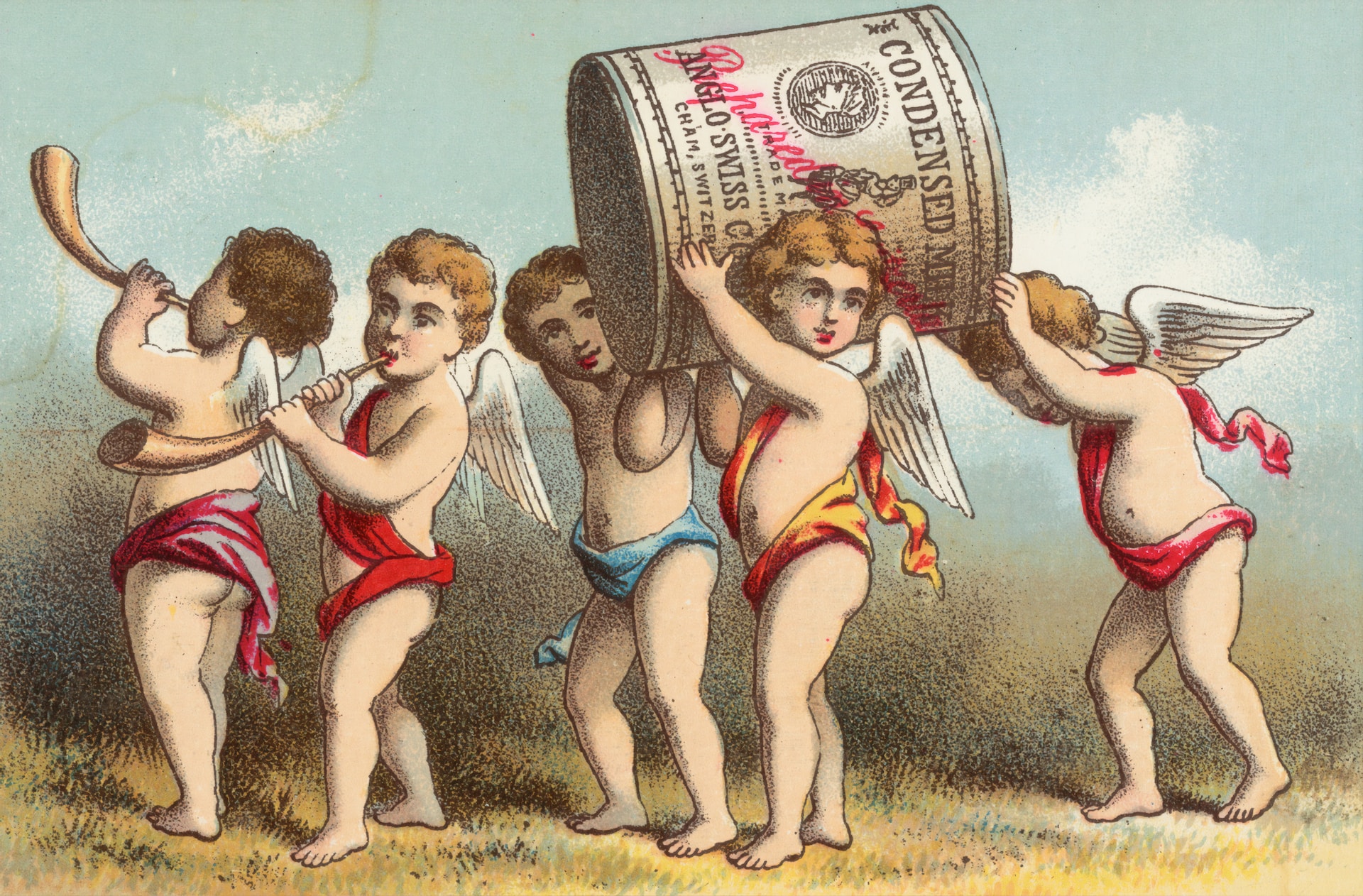Step into the vibrant and eccentric world of Andy Warhol, the iconic figure who revolutionized the art scene with his unique approach to creativity. As a pop art pioneer, Warhol left an indelible mark on the art world, challenging traditional notions of beauty and consumerism. His bold and colorful works, infused with popular culture references, captured the imagination of audiences worldwide.
Andy Warhol’s Early Life and Influences
Born in Pittsburgh, Pennsylvania in 1928, Andy Warhol’s early life laid the foundation for his future artistic endeavors. Warhol’s parents were immigrants from present-day Slovakia, and their experiences shaped his understanding of the American Dream and the consumer-driven society in which he would later find inspiration. As a child, Warhol showed a talent for art, and this passion was nurtured by his supportive parents. After studying commercial art at the Carnegie Institute of Technology, Warhol moved to New York City, where he began his career as a successful commercial illustrator.
Warhol’s early influences included the vibrant and bustling cityscape of New York, as well as the emerging pop culture of the 1950s. He was drawn to the world of advertising, celebrity, and mass media, which would become central themes in his later works. Warhol’s fascination with consumerism and the commodification of art led him to question traditional notions of artistic value and beauty. This questioning would ultimately lay the groundwork for the Pop Art movement, of which Warhol would become one of the central figures.
Warhol’s early years also introduced him to the avant-garde art scene of New York City, where he encountered artists such as Jasper Johns and Robert Rauschenberg. These encounters, along with his exposure to the works of artists like Marcel Duchamp, influenced Warhol’s own artistic philosophy. He embraced the concept of the readymade, incorporating everyday objects and images into his artwork. Warhol’s early influences and experiences set the stage for his groundbreaking contributions to the art world.

The Rise of Pop Art
In the 1950s and 1960s, a new artistic movement emerged that would forever change the landscape of contemporary art: Pop Art. This movement, which originated in Britain but found its true home in the United States, challenged the traditional boundaries of art and elevated popular culture to the realm of high art. Andy Warhol, along with artists like Roy Lichtenstein and Claes Oldenburg, became the leading figures of the Pop Art movement.
Pop Art aimed to blur the distinction between “high” and “low” culture, embracing the imagery and iconography of everyday life. Warhol, in particular, became known for his use of popular consumer products, such as Campbell’s Soup cans and Coca-Cola bottles, as subjects for his artwork. By elevating these mass-produced items to the status of art, Warhol forced viewers to reevaluate their understanding of what constituted artistic value.
The Factory: Andy Warhol’s Creative Hub
One cannot fully appreciate the impact of Andy Warhol without exploring the legendary Factory, his iconic New York City studio. The Factory, located in Manhattan’s Midtown district, was a hive of artistic activity and experimentation. It served not only as Warhol’s workspace but also as a gathering place for artists, musicians, actors, and other creative individuals. The Factory became a symbol of the vibrant and eclectic art scene of the 1960s and 1970s.
The Factory was not just a physical space; it was a state of mind, a philosophy. Warhol believed in the democratization of art, blurring the lines between artist and audience. At the Factory, anyone could be a star, and everyone was encouraged to participate in the creative process. Warhol’s vision was to create a space where art, fashion, music, and film intertwined, fostering a collaborative environment that pushed the boundaries of artistic expression.

Andy Warhol’s Iconic Works and Techniques
Andy Warhol’s body of work is vast and varied, spanning multiple mediums and styles. From his iconic silkscreen prints to his experimental films, Warhol’s art continues to captivate audiences around the world. Some of his most famous works include the Campbell’s Soup can series, the Marilyn Monroe portraits, and the Brillo Boxes.
The Campbell’s Soup can series, created in 1962, is perhaps one of Warhol’s most recognizable and influential works. Consisting of 32 individual canvases, each depicting a different flavor of Campbell’s Soup, the series challenged the notion of what could be considered art. By elevating a mass-produced consumer product to the realm of high art, Warhol forced viewers to question the boundaries of artistic value and the role of consumerism in society.
Warhol’s Marilyn Monroe portraits, created in the wake of the actress’s untimely death, also became iconic symbols of his style. Using a combination of silk-screening and bold color choices, Warhol captured the essence of Monroe’s celebrity and the fleeting nature of fame. These portraits, with their repetition and vivid colors, became emblematic of Warhol’s aesthetic and his exploration of the cult of celebrity.
The Legacy of Andy Warhol
Andy Warhol’s impact on the art world cannot be overstated. His unique approach to art, his exploration of consumer culture, and his blurring of the lines between high and low art forever changed the landscape of contemporary art. Warhol’s influence can be seen in the works of countless artists who followed in his footsteps, from Jeff Koons to Damien Hirst.
Beyond his artistic contributions, Warhol also left a lasting legacy in the way art is created and experienced. The Factory, with its collaborative and inclusive environment, challenged the notion of the solitary artist working in isolation. Warhol’s vision of art as a communal experience continues to inspire artists and creative individuals to this day.
The Bottom Line
Andy Warhol’s influence on the art world and popular culture is undeniable. As a pop art pioneer, he challenged traditional notions of beauty and consumerism, forever altering the course of contemporary art. His vibrant and bold works, infused with popular culture references, continue to captivate audiences around the world. But Warhol’s impact extends far beyond his artwork; his vision of art as a communal experience. The Factory, his legendary New York City studio, remains an emblem of his creative spirit and the vibrant art scene of the 1960s and 1970s.







